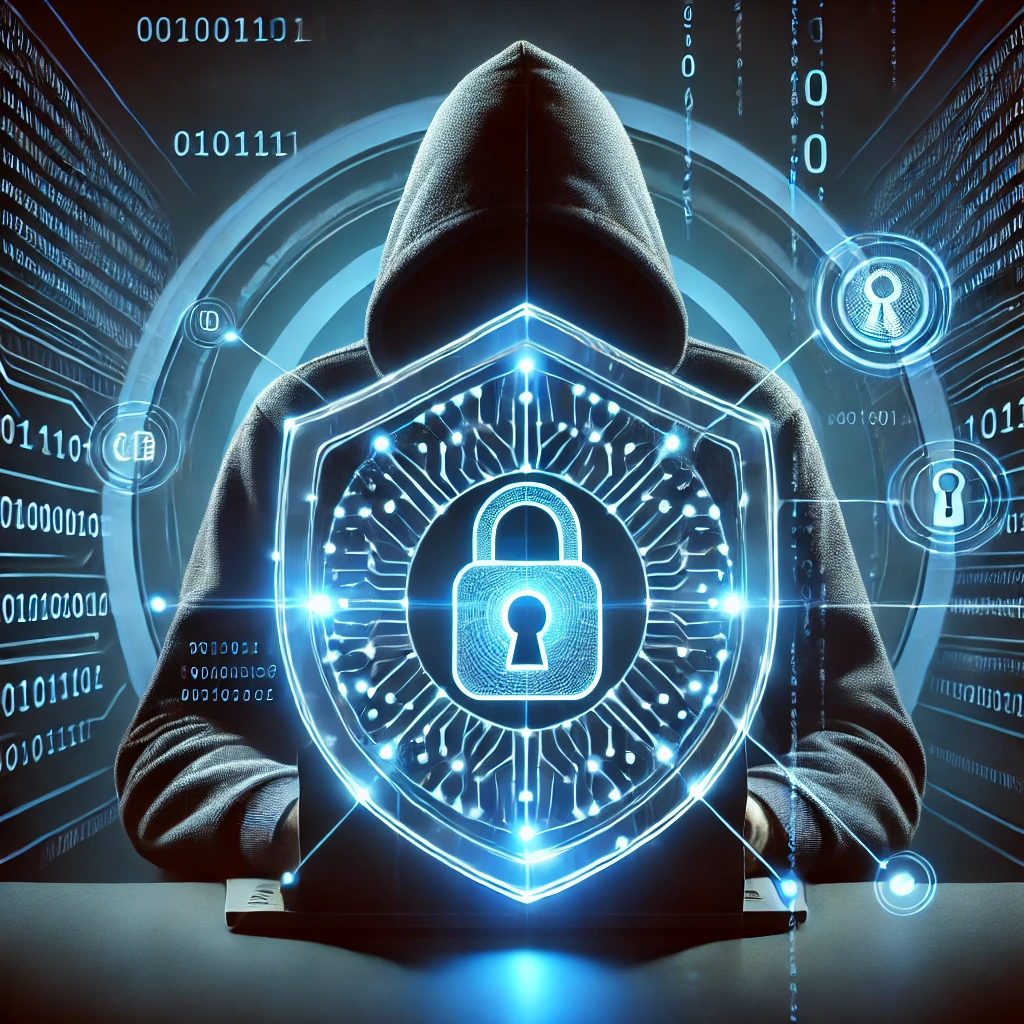Identity theft is a growing concern in today’s digital world. Cybercriminals are constantly finding new ways to steal personal information, leading to financial loss, damaged reputations, and even legal troubles. Whether you’re shopping online, using social media, or accessing banking services, safeguarding your identity is crucial.
In this blog post, we’ll explore how identity theft happens, common scams, and the best cybersecurity practices to keep your information safe.
How Identity Theft Happens
Identity theft occurs when someone illegally acquires and uses your personal information—such as Social Security numbers, credit card details, or login credentials—without your permission. Here are some common methods hackers use:
1. Phishing Scams
Fraudulent emails, text messages, or phone calls trick victims into revealing personal information. These messages often appear to be from trusted sources, such as banks or government agencies.
2. Data Breaches
Hackers target organizations that store large amounts of personal data. If your information is leaked in a breach, cybercriminals may sell it on the dark web.
3. Malware and Spyware
Malicious software can be installed on your device through infected links, attachments, or unsecured websites. Once installed, cybercriminals can monitor your keystrokes or extract sensitive data.
4. Social Engineering
Scammers manipulate individuals into willingly providing personal details by posing as trusted figures, such as tech support agents or coworkers.
5. Public Wi-Fi Attacks
Hackers can intercept data transmitted over unsecured Wi-Fi networks, stealing login credentials, financial details, and other sensitive information.
Best Cybersecurity Practices to Prevent Identity Theft
To protect yourself from identity theft, follow these essential cybersecurity best practices:
1. Use Strong, Unique Passwords
- Create complex passwords with a mix of uppercase and lowercase letters, numbers, and symbols.
- Avoid using personal information (like birthdays or pet names) in passwords.
- Use a password manager to store and generate secure passwords.
2. Enable Two-Factor Authentication (2FA)
Two-factor authentication adds an extra layer of security by requiring a secondary form of verification, such as a code sent to your phone or email.
3. Be Cautious with Emails and Links
- Avoid clicking on links or downloading attachments from unknown sources.
- Verify email addresses and look for signs of phishing (e.g., grammatical errors, urgent requests).
- Contact companies directly if you receive suspicious messages.
4. Secure Your Devices and Networks
- Install reputable antivirus and anti-malware software.
- Keep software and operating systems updated to fix security vulnerabilities.
- Use a virtual private network (VPN) when accessing public Wi-Fi.
5. Monitor Your Financial Accounts
- Regularly check your bank statements and credit reports for unauthorized transactions.
- Set up account alerts for suspicious activities.
- Freeze your credit if you suspect fraud to prevent unauthorized access.
6. Limit Personal Information Sharing
- Be mindful of what you share on social media, as hackers can use it for social engineering attacks.
- Avoid oversharing personal details like your full birthdate, address, or phone number.
7. Stay Informed About Cyber Threats
- Follow cybersecurity news and updates to stay aware of emerging threats.
- Educate yourself and your family on safe online practices.
What to Do If You Become a Victim of Identity Theft
If you suspect your identity has been stolen, act quickly:
- Report the Fraud – Contact your bank, credit card companies, and the Federal Trade Commission (FTC) to report identity theft.
- Freeze Your Credit – Notify credit bureaus (Experian, Equifax, and TransUnion) to place a fraud alert or freeze on your credit.
- Change Your Passwords – Update compromised passwords immediately.
- Monitor Your Accounts – Keep an eye on financial statements and credit reports for any further suspicious activity.
Final Thoughts
Cybercriminals are always evolving their tactics, making it essential to stay proactive about cybersecurity. By following strong security practices and remaining vigilant, you can significantly reduce the risk of identity theft.
Protect your digital identity today—because staying safe online starts with you!
Would you like any modifications or additional details? 😊

